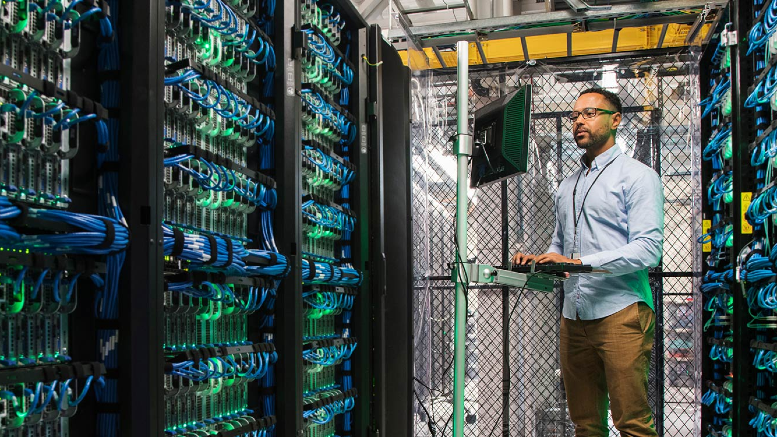Navigating stormy seas: Lessons in flexibility for logistics organizations
mai 21, 2024 / Unisys Corporation
Short on time? Read the key takeaways:
- Recent disruptions in the supply chain underscore how logistics organizations need to take a proactive approach to flexibility.
- To embrace flexibility, logistics organizations should reprioritize routes in near-real-time, diversify shipping routes, focus on track and trace capabilities and implement targeted piece-level tracking.
- Logistics organizations can build a more resilient global supply chain ecosystem by learning from past experiences and investing in proactive planning and tools.
As cargo ships and planes are loaded with parcels to be shipped or flown around the world, the supply chain is constantly moving. But sometimes, it grinds to a halt.
Remember when a massive container ship ran aground in the Suez Canal, blocking one of the world’s busiest waterways for six days in 2021? Or when Southwest Airlines canceled thousands of flights around Christmas in 2022 due to weather and system disruptions? The Panama Canal, a critical artery linking the Atlantic and Pacific Oceans, faces dwindling water levels, resulting in total transits through the canal plummeting by 49% compared to its peak. Then in March 2024, the sinking of a ship in the Red Sea and the bridge collapse in Baltimore are the latest disruptions creating delays across the supply chain.
These disruptions have significant ripple effects. As of February 2024, the U.N. Conference on Trade and Development (UNCTAD) estimated that transits passing the Suez Canal decreased by 42% compared to its peak. Some major shippers have suspended Suez transits, and weekly container ship transits have fallen by 67%.
The supply chain's susceptibility to these disruptions stems from its interwoven network that connects shippers with airline carriers to freight forwarders, retailers and manufacturers. When one cog in the gear stops turning, the rest stop turning, too.
The supply chain will always face disruptions. You can plan on that. So, how do you stop the ripple effects of disruption from turning into tidal waves? By prioritizing flexibility and visibility in your supply chain and investing in solutions that help you mitigate and prevent disruptions. Here are some strategies to get you started.
Embracing flexibility: Four strategies for logistics organizations
1. Reprioritize in near-real-time
The ability to adapt quickly to disruptions is paramount. Your business can use AI-enhanced routing capabilities that can flag routes you might want to avoid due to disruptions — such as a blockage in the Suez Canal or weather data. These tools help you adjust routes and inventory dynamically, so you can better control which route your goods take. This flexibility helps mitigate delays and enable smoother operations.
2. Diversify shipping routes
Relying on a single shipping route exposes logistics organizations to unnecessary risk. Booking air cargo shipments through online platforms offers an alternative to sea routes. By diversifying transportation modes, you can circumvent problem areas and maintain continuity.
3. Enhance focus on track and trace
End-to-end visibility is essential for monitoring the movement of goods throughout all stages of your parcels and containers’ journeys. With advanced track and trace functionalities, logistics organizations can watch parcels and step in when there is a disruption. Whether navigating through the Red Sea or traversing the Suez Canal, real-time tracking offers you invaluable insights for decision-making.
4. Implement piece-level tracking
Granular visibility at the individual item level enhances control and security. By assigning unique identifiers, such as barcodes or RFID tags, you can track each item's location, status and expected delivery in near-real-time. This level of tracking is particularly beneficial for managing dangerous or perishable goods, supporting compliance with regulations and minimizing risks.
In hindsight and toward the future: Strengthening supply chains
As we move forward, logistics organizations must learn from past crises and prepare for future disruptions. These challenges are wake-up calls for logistics organizations to prioritize flexibility, invest in tools, and embrace proactive planning to navigate turbulent waters. This is how your business can help build a more resilient global supply chain ecosystem.




















